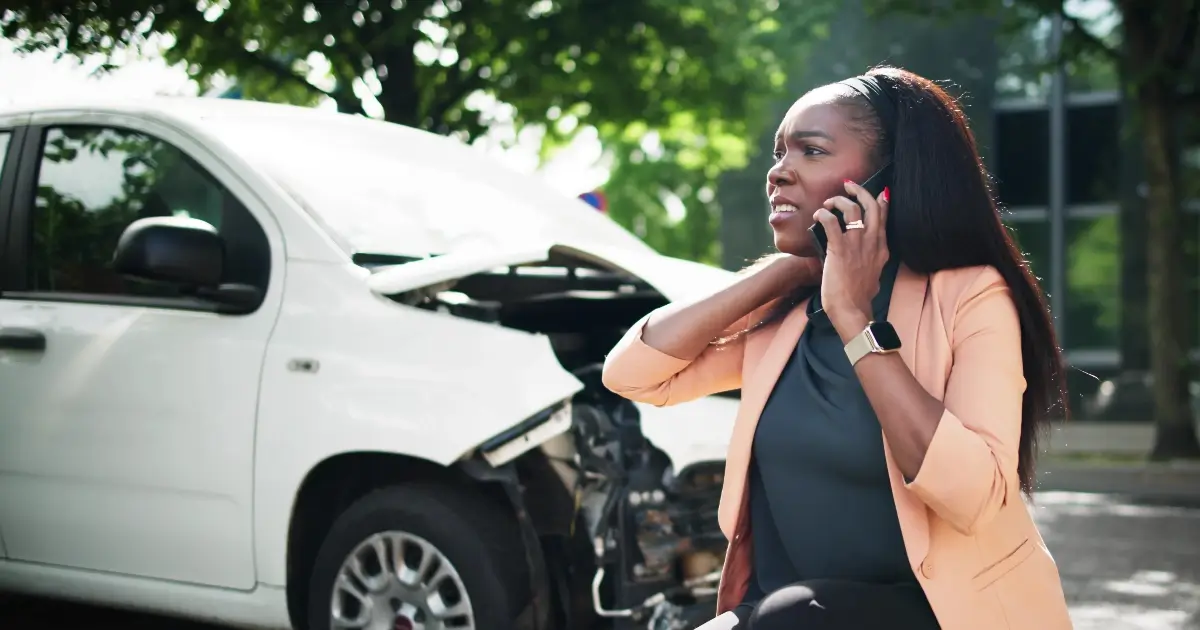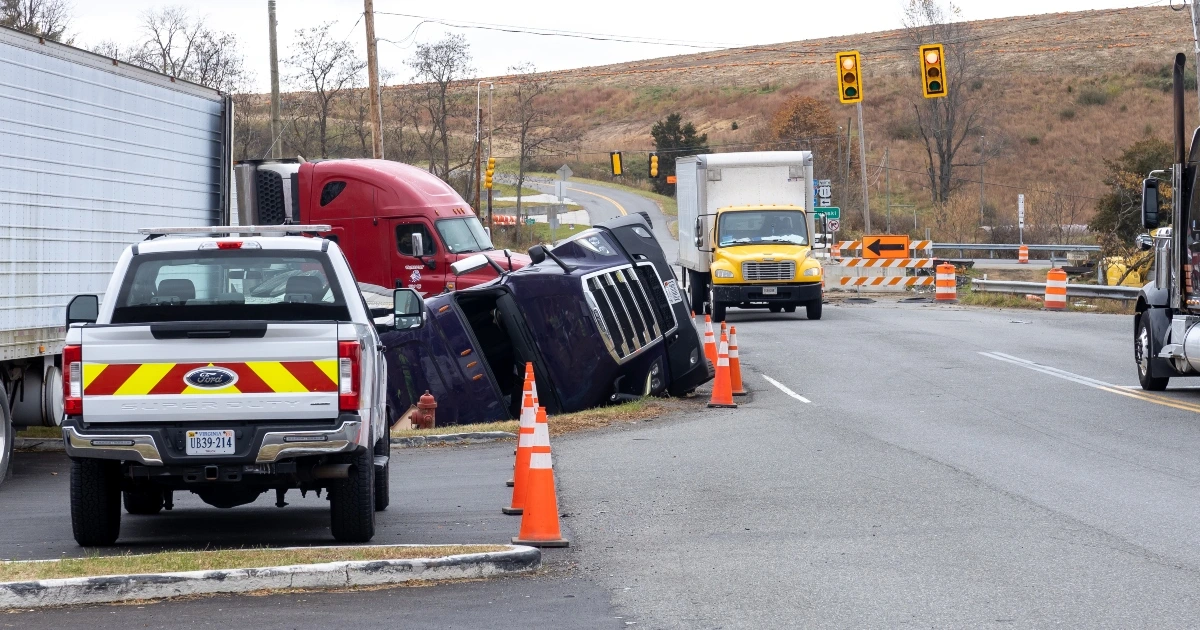Why Mediation May Be a Viable Option for Reaching a Settlement of Your Car Crash Claim

Sometimes it seems impossible to get two sides to reach an agreement that resolves a dispute. This may happen with many car crash claims, as insurance companies are always trying to avoid paying full compensation to crash victims.
In these situations, it may be beneficial to bring in a third party to help both sides come to an agreement on resolving the claim. Mediation can be a useful tool that your attorney may use to resolve your claim.
Below, we discuss mediation of an Ohio car crash claim, including the pros and cons. If you were injured in a car crash, our Cleveland car accident attorneys are prepared to help you seek full compensation for your damages at no upfront cost to you.
Friedman, Domiano and Smith has a proven track record, and the initial consultation is free.
Defining Mediation
Mediation is a form of alternative dispute resolution in which two parties meet with a neutral third party, called a mediator. This individual talks to both sides, analyzes available evidence and relevant laws and legal theories, before making a recommendation for a resolution of the dispute.
Typically, mediation is non-binding, which means you can appeal the decision made by the mediator. This is different from arbitration, which is often binding. This means you cannot appeal the decision made by an arbitrator.
When is Mediation Used to Try to Resolve a Claim?
Mediation is often done before a case proceeds to trial. Typically, a lawsuit has already been filed and both sides have been preparing for trial. However, both sides may be required to go through mediation before a trial can begin. Mediation may often happen as a last resort effort to avoid a trial.
Crash victims could request mediation with the insurance company before a lawsuit is filed. However, insurance companies are not required participate. That means mediation will only happen before a lawsuit is filed if both parties agree to it.
There is no point in going through mediation unless the insurance company is going to make a good faith effort to attempt to reach a settlement. Otherwise, mediation is a waste of time and money. If mediation is court-ordered, the insurance company may make a good faith effort to reach a resolution to avoid the time and expense of a trial.
Sometimes mediation is the better option because if you go to court, you will be leaving the case in the hands of a jury. You do not know how a jury is going to rule. In mediation, you know what the outcome will be before making a final decision.
Steps in the Mediation Process
There are several steps in the mediation process:
Setting a Date and Selecting a Mediator
When mediation is agreed to or ordered by a court, a date for the mediation session will be set. A mediator will also be selected and both parties will have time to prepare for the mediation session.
Often, a mediator is someone with significant experience in legal disputes. For example, many mediators are lawyers. Sometimes insurance claims adjusters become mediators.
Mediators are supposed to be unbiased in the process. They are just trying to figure out a resolution of the claim that both sides can agree on.
The mediation session often takes place in a conference room. Sometimes both parties in the dispute are in the same room. Sometimes the two parties are in separate rooms and the mediator goes back and forth between both rooms to talk to both parties.
Explaining the Rules for Mediation
One of the first things the mediator does is discuss the rules for mediation. For example, mediation is not a trial. The things both parties say cannot be admitted into court. This helps encourage both sides to speak freely because they are not concerned about the things that they say being used against them in court. Both sides sign a document acknowledging they have been informed of the rules.
While both sides will be presenting their case, the process is not like a trial. There are no rules of evidence. There is no cross-examination. Trials could take a few days or longer, while mediation usually goes on for a matter of hours in one day.
Presenting Cases
The next step is for both sides to present their case to the mediator. The plaintiff presents his or her case first, followed by the insurance company. The mediator confirms his or her understanding of each side’s position and discussion ensues to make sure both sides have been heard.
There may be discussion between both parties that is facilitated by the mediator. Sometimes the mediator meets with both sides one-on-one to try to figure out a settlement both sides can agree on. The mediator will try to gather information about the case to determine a settlement both sides may be able to agree on. Mediators often ask open-ended questions to help them gather the information they need.
The mediator will work to identify the barriers to a settlement and figure out a way around those barriers to resolve the claim. Both parties will also brainstorm solutions to the dispute and hopefully both sides reach an agreement.
Mediation Concludes
Mediation will either result in an agreement or both sides will proceed toward a trial. If an agreement is reached, a settlement will be signed, and your attorney and the insurance company can work on concluding the legal process.
Contact Us to Discuss Your Potential Claim
We know auto accident victims often have many questions about taking legal action. The experienced attorneys at Friedman, Domiano and Smith are here to help. We have been representing vehicle crash victims for decades and have recovered millions in compensation to help them move forward.
We know many victims are concerned about the cost of legal help, but our services come with no upfront costs. We are not paid unless our clients get paid.
Proven Results. No Upfront Fees. Call today: 216-621-0070.
Comments are now closed




Comments